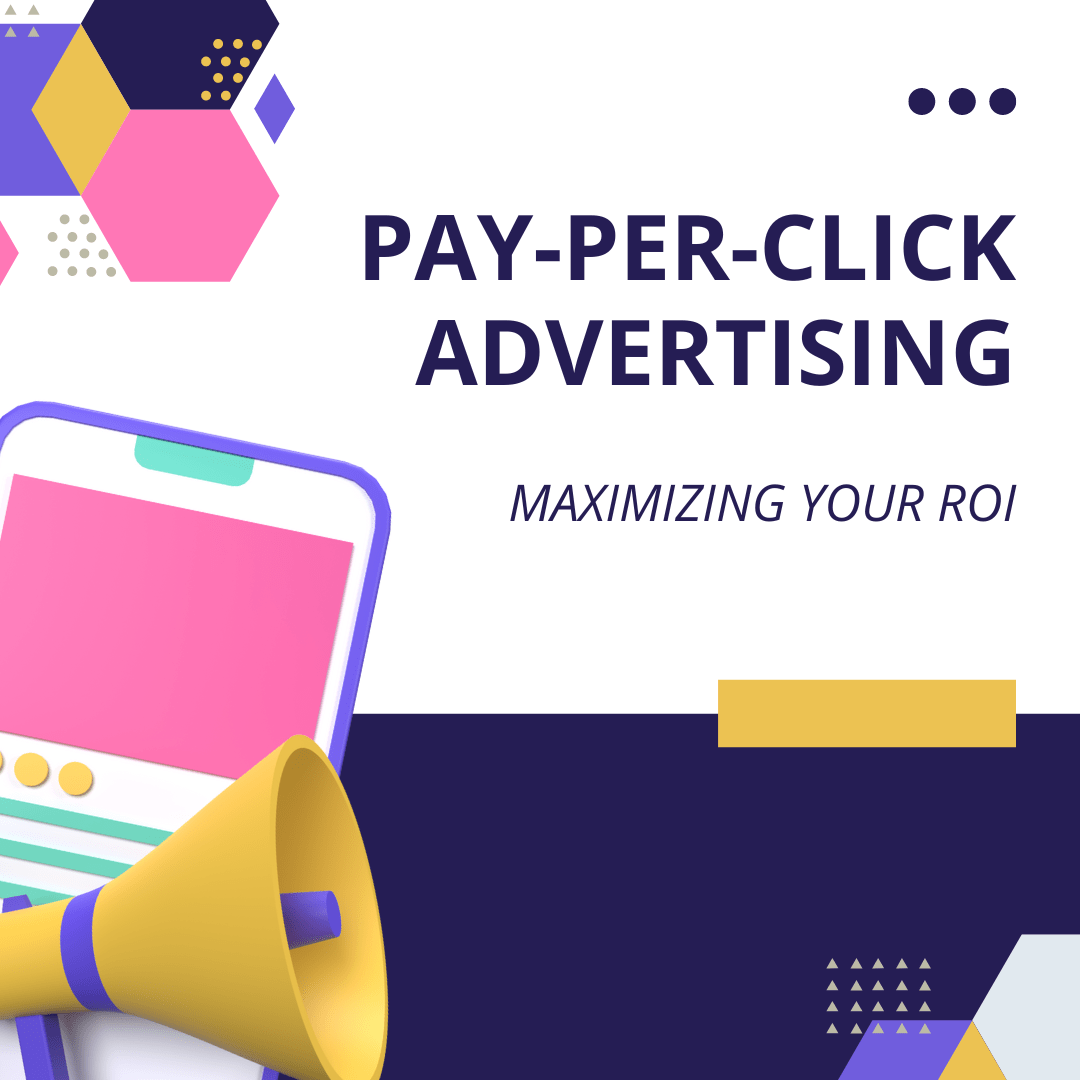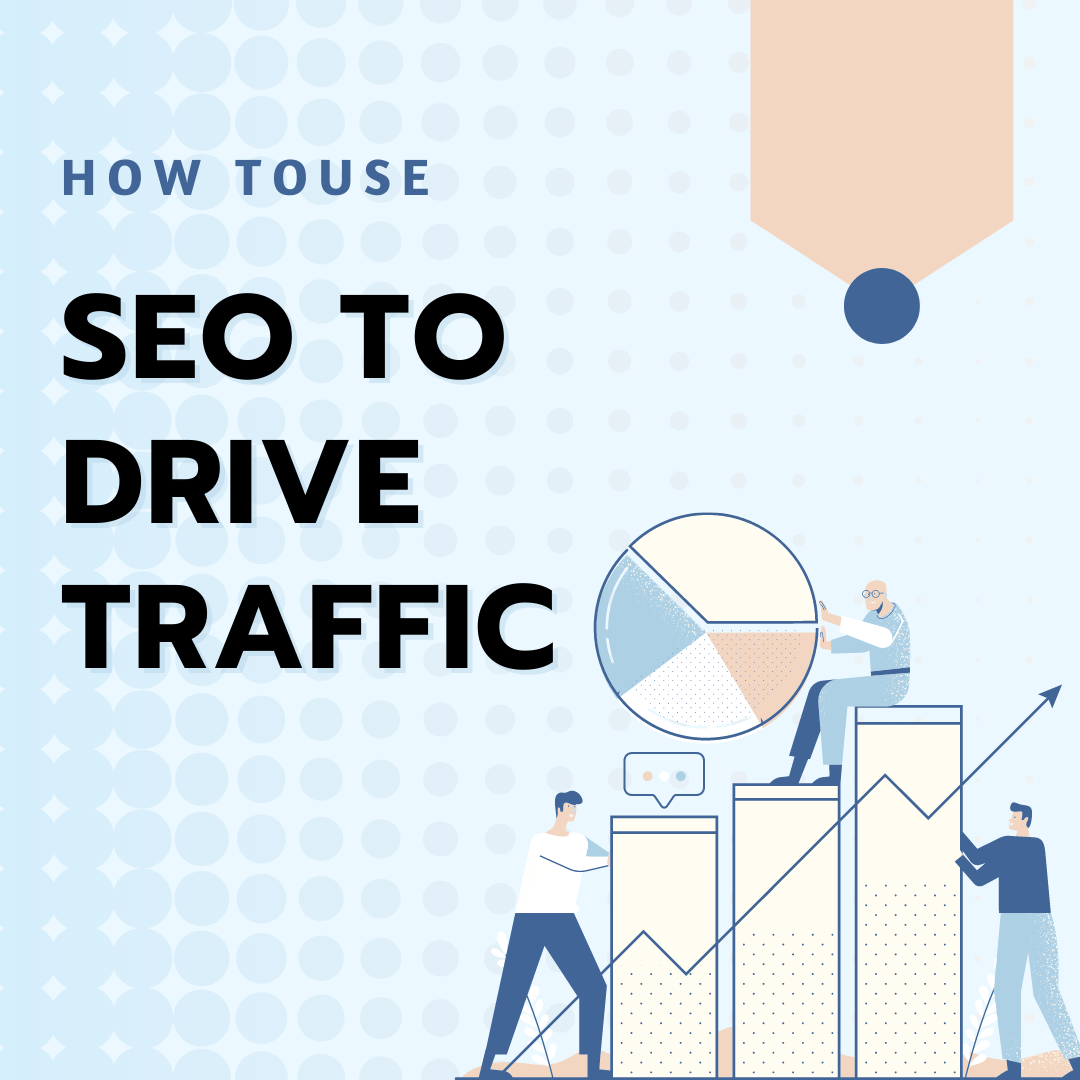
Pay-per-click (PPC) advertising is one of the most popular and effective ways to reach your target audience and drive traffic to your website. Whether you’re a small business owner or a marketing professional, PPC advertising can help you maximize your return on investment (ROI) by reaching the right people with the right message...








